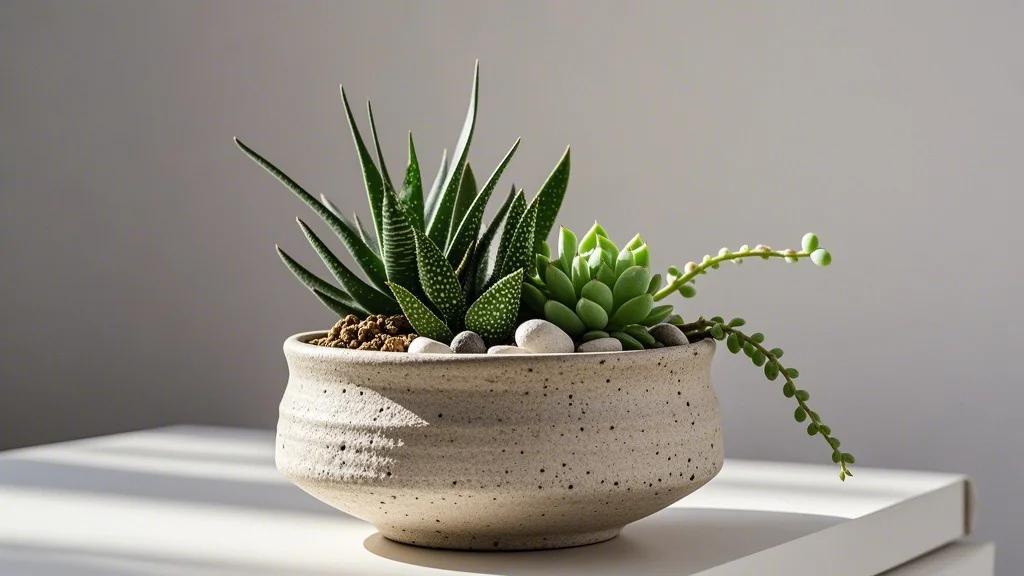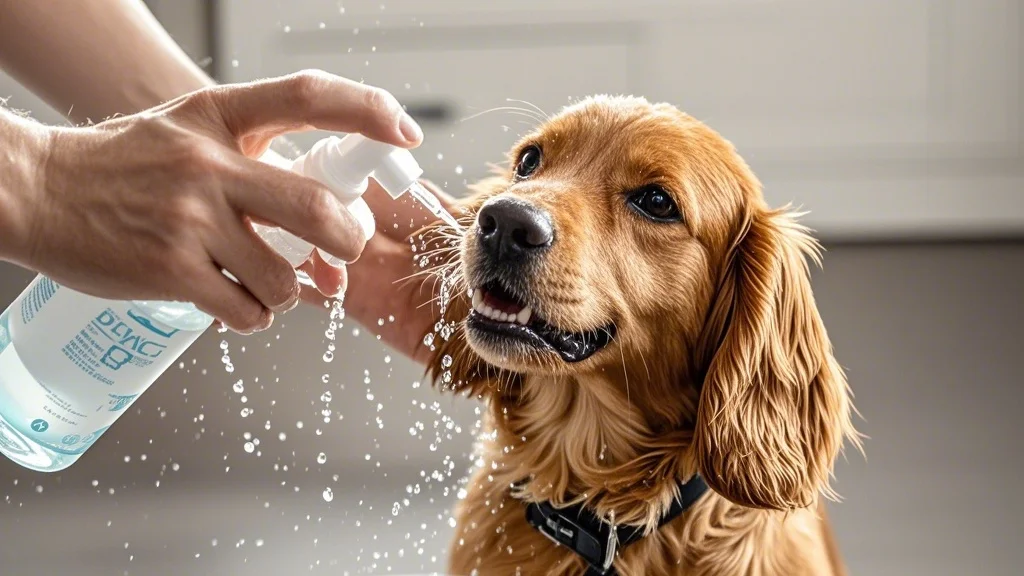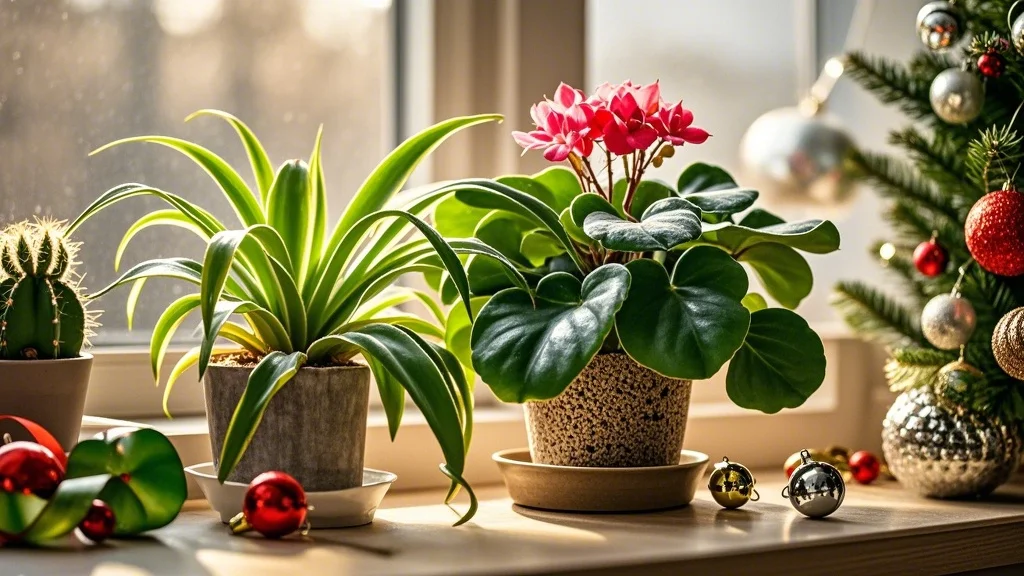Palm plants bring a touch of tropical elegance to any indoor space, creating a lush, vacation-like atmosphere even in urban apartments. However, for pet owners, the quest for beautiful houseplants comes with an additional concern: safety for our furry companions. Cats and dogs are naturally curious creatures that may nibble on or play with houseplants, making toxicity a serious consideration when selecting indoor greenery.
The good news is that several stunning palm varieties are completely non-toxic to cats and dogs, allowing you to enjoy these tropical beauties without worry. This comprehensive guide explores pet-safe palm options, their care requirements, and how to successfully integrate them into a home with four-legged friends.
Contents
Why Choose Pet-Safe Palms?
Before diving into specific varieties, it’s important to understand why plant toxicity matters for pet owners:
- Many common houseplants contain compounds that can cause reactions ranging from mild discomfort to serious illness in pets
- Cats, in particular, are prone to chewing on plants as part of their natural behavior
- Puppies and playful dogs may damage plants during play, potentially ingesting parts
- Emergency veterinary visits due to plant toxicity can be costly and traumatic
- Non-toxic alternatives provide peace of mind while still satisfying your indoor jungle aspirations
Pet-Safe Palm Varieties
1. Areca Palm (Dypsis lutescens)
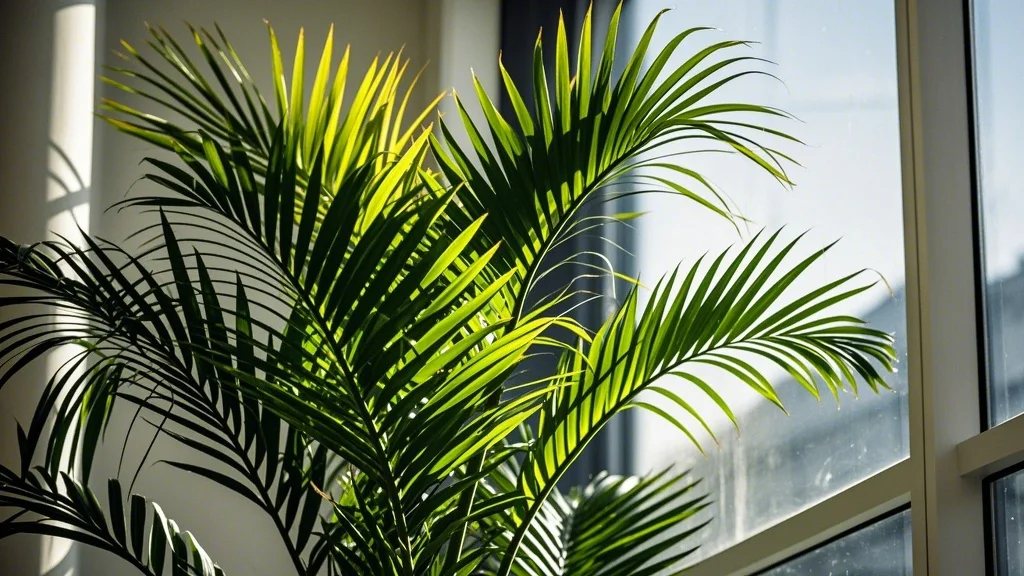
The Areca Palm, also known as the Butterfly Palm or Yellow Palm, is one of the most popular indoor palms and fortunately completely safe for pets. This elegant palm features multiple reed-like stems and feathery fronds that arch gracefully, creating a tropical fountain effect.
Key features:
- Grows 6-7 feet tall indoors
- Bright, indirect light requirements
- Moderate watering needs
- Air-purifying qualities
- Non-toxic to both cats and dogs
Care tips:
- Keep soil consistently moist but not soggy
- Provide bright, filtered light (avoid direct sun which can scorch leaves)
- Maintain humidity levels above 40%
- Feed with diluted fertilizer during growing season
- Repot every 2-3 years as needed
2. Parlor Palm (Chamaedorea elegans)
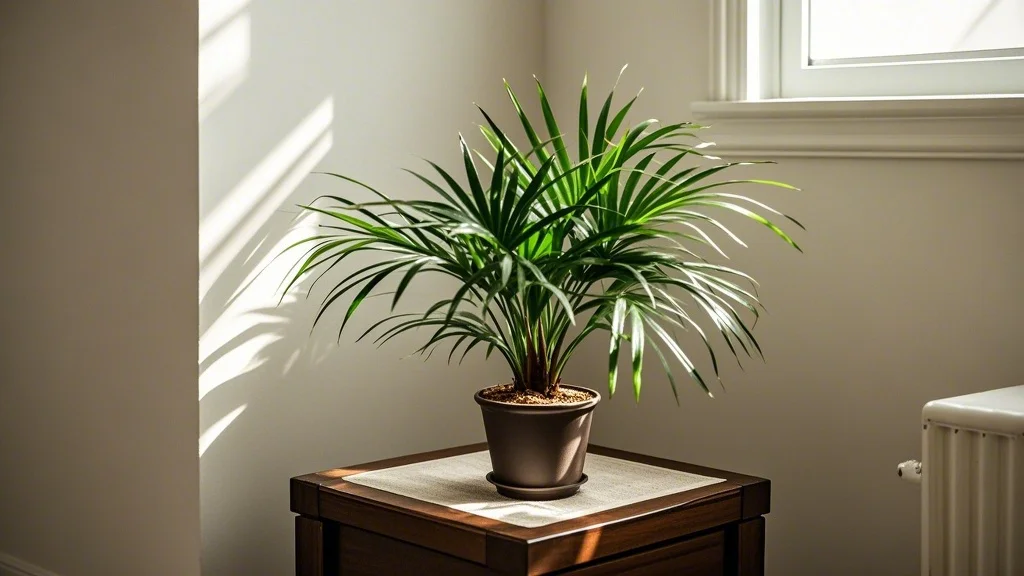
The Parlor Palm is a compact, elegant palm that has been a houseplant favorite since Victorian times. Its small size makes it perfect for apartments and smaller spaces, while its adaptability to lower light conditions makes it ideal for urban homes.
Key features:
- Compact size (typically 2-4 feet indoors)
- Tolerates lower light conditions
- Slow-growing and long-lived
- Delicate, feathery fronds
- Safe for cats and dogs
Care tips:
- Water when the top inch of soil feels dry
- Tolerates average home humidity
- Thrives in bright indirect light but adapts to medium light
- Fertilize sparingly (2-3 times per year)
- Sensitive to overwatering and cold drafts
3. Ponytail Palm (Beaucarnea recurvata)
Despite its name, the Ponytail Palm isn’t actually a true palm but a member of the Asparagaceae family. However, its palm-like appearance and pet-safe status earn it a place on our list. With its distinctive bulbous trunk and cascading, hair-like foliage, it adds unique character to any space.
Key features:
- Distinctive swollen trunk that stores water
- Long, thin leaves that resemble a ponytail
- Drought-tolerant and low-maintenance
- Can live for decades as a houseplant
- Non-toxic to pets
Care tips:
- Allow soil to dry completely between waterings
- Provide bright, indirect light
- Use well-draining cactus or succulent soil
- Rarely needs repotting
- Minimal fertilizer requirements
4. Bamboo Palm (Chamaedorea seifrizii)
The Bamboo Palm, also called the Reed Palm, features clusters of slender stems resembling bamboo, topped with delicate, feathery fronds. This air-purifying plant is excellent for improving indoor air quality while remaining safe for curious pets.
Key features:
- Grows 4-12 feet tall indoors
- Bamboo-like stems with arching fronds
- NASA-recognized air purifier
- Adapts to medium light conditions
- Pet-friendly and non-toxic
Care tips:
- Keep soil consistently moist but not waterlogged
- Provide bright, indirect light
- Mist regularly to increase humidity
- Feed with balanced fertilizer during growing season
- Watch for spider mites in dry conditions
5. Majesty Palm (Ravenea rivularis)
The Majesty Palm brings a touch of tropical majesty to indoor spaces with its large, feathery fronds. While somewhat more demanding than other palms on this list, its impressive appearance makes it worth the extra effort for many plant enthusiasts.
Key features:
- Can grow 10+ feet tall in ideal conditions
- Lush, dark green fronds
- Statement plant for larger spaces
- Prefers consistent conditions
- Safe for cats and dogs
Care tips:
- Maintain consistently moist soil
- Provide very bright, indirect light
- Requires higher humidity (50%+)
- Regular fertilizing during growing season
- May need frequent repotting when young
Palms to Avoid if You Have Pets
While many palms are pet-safe, some varieties can be toxic. Always avoid:
- Sago Palm (Cycas revoluta) – Extremely toxic to pets; all parts contain cycasin which can cause liver failure
- Cardboard Palm (Zamia furfuracea) – Contains cycasin like the Sago Palm
- Fishtail Palms (Caryota species) – Contains calcium oxalate crystals that can irritate mouth and digestive tract
Creating a Pet-Friendly Palm Display
Beyond choosing non-toxic varieties, consider these strategies for harmonious coexistence between your palms and pets:
Strategic Placement
- Place palms on elevated surfaces like plant stands, shelves, or hanging planters to reduce accessibility
- Create designated “plant zones” in your home that pets learn to avoid
- Use decorative barriers like river rocks or pebbles on soil surfaces to discourage digging
- Consider room selection—place more delicate specimens in areas with limited pet access
Enrichment for Pets
- Provide pet-safe grasses (like cat grass or wheatgrass) as an alternative for cats to chew
- Ensure pets have adequate toys and stimulation to reduce plant-focused behaviors
- Create dedicated scratching areas for cats away from plant displays
- Maintain regular play sessions to expend energy that might otherwise be directed at plants
Maintenance Practices
- Promptly clean up fallen fronds or debris
- Regularly inspect plants for damage or signs of pest infestation
- Use organic, pet-safe fertilizers and pest control methods
- Consider bottom-watering techniques to keep soil surface drier and less appealing
Common Issues When Growing Palms Indoors
Even pet-safe palms can face challenges in indoor environments. Here’s how to address common problems:
Browning Leaf Tips
Causes:
- Low humidity
- Fluoride or chlorine in tap water
- Fertilizer buildup
- Underwatering
Solutions:
- Increase humidity with pebble trays, humidifiers, or grouping plants
- Use filtered or distilled water
- Flush soil occasionally to remove mineral buildup
- Adjust watering schedule based on seasonal needs
Yellowing Fronds
Causes:
- Natural aging of older fronds
- Overwatering
- Nutrient deficiencies
- Insufficient light
Solutions:
- Trim yellowed fronds at the base
- Allow soil to dry appropriately between waterings
- Implement regular, diluted fertilizing schedule
- Gradually increase light exposure
Pest Infestations
Common pests:
- Spider mites
- Mealybugs
- Scale insects
Pet-safe treatments:
- Regularly wipe leaves with damp cloth
- Spray with diluted neem oil solution
- Introduce beneficial insects like ladybugs
- Use insecticidal soap labeled as pet-safe
Seasonal Care Adjustments
Palms require different care approaches throughout the year:
Spring & Summer
- Increase watering frequency as growth accelerates
- Implement regular fertilizing schedule
- Monitor for faster growth and repot if necessary
- Watch for increased pest activity
Fall & Winter
- Reduce watering as growth slows
- Stop fertilizing during dormancy
- Protect from cold drafts and heating vents
- Supplement with grow lights during shorter days
- Monitor humidity levels as indoor heating can dry air
Conclusion
Creating a lush, tropical oasis with palms is entirely possible even with cats and dogs in your home. By selecting pet-safe varieties like the Areca, Parlor, Ponytail, Bamboo, and Majesty Palms, you can enjoy the beauty of these tropical plants without compromising your pets’ safety.
Remember that individual plants may vary in their care requirements based on your specific indoor environment. Pay attention to your palm’s signals—drooping, discoloration, or other changes—and adjust care accordingly. With proper placement, maintenance, and attention to both plant and pet needs, your indoor palm garden can thrive alongside your furry companions.
Whether you’re a seasoned plant parent or just beginning your indoor gardening journey, pet-safe palms offer an accessible entry point to tropical plant keeping that aligns with responsible pet ownership. The reward is a healthier, more vibrant living space that benefits both the human and animal members of your household.
Resources for Pet Owners
- ASPCA Animal Poison Control: 1-888-426-4435
- Pet Poison Helpline: 1-855-764-7661
- Always verify plant safety with multiple sources before bringing new species home
- Consider consulting with your veterinarian about specific concerns for your pet’s breed or health conditions Remember: While these palms are considered non-toxic, individual pets may still have sensitivities or allergic reactions. Always monitor new plant introductions and consult your veterinarian with any concerns.

